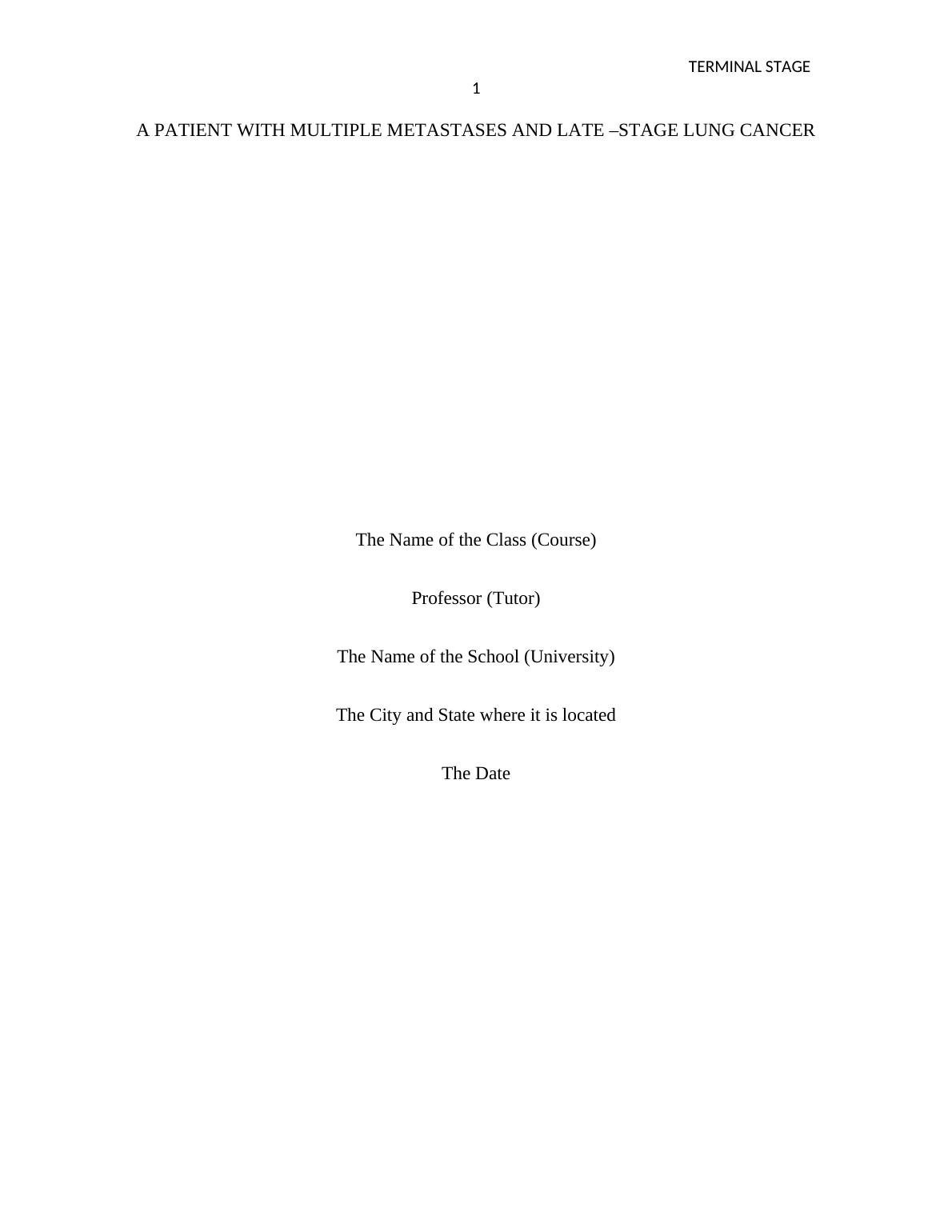Tom’s daughter has an emotional disturbance
This assignment is a case study on caring for Aboriginal people with life-limiting conditions, specifically focusing on Tom's story and the legal and ethical principles, effective communication strategies, and cultural considerations involved in his care.
10 Pages2165 Words31 Views
Added on 2022-09-18
Tom’s daughter has an emotional disturbance
This assignment is a case study on caring for Aboriginal people with life-limiting conditions, specifically focusing on Tom's story and the legal and ethical principles, effective communication strategies, and cultural considerations involved in his care.
Added on 2022-09-18
ShareRelated Documents
End of preview
Want to access all the pages? Upload your documents or become a member.
End of Life Care
|9
|2385
|302
(PDF) End-of-life issues for aboriginal patients
|6
|1593
|232
Legal and Ethical Principles in Clinical Decision Making
|9
|2422
|44
Palliative Care: Legal and Ethical Principles, Effective Communication, and Care Plan
|8
|2386
|343
Legal and Professional Issues in Nursing - Doc
|8
|2194
|62
Assignment on Nursing Case
|7
|1856
|498



